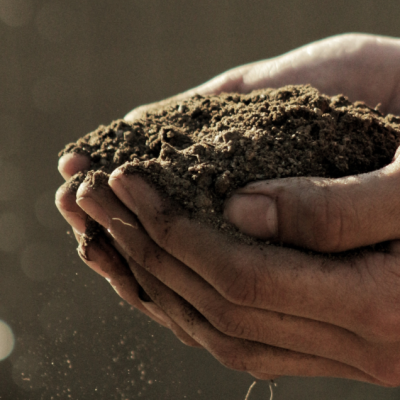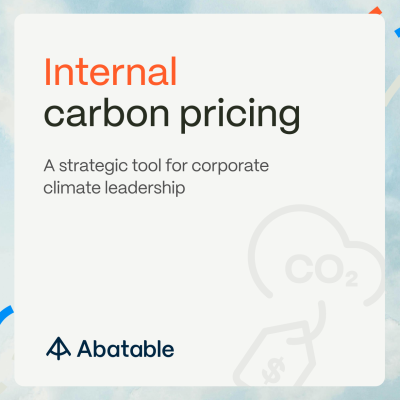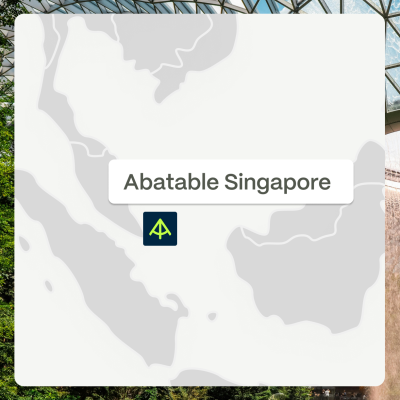World Food Day, which is celebrated every year on 16 October, is a reminder of the importance of sustainable food systems in all our lives.
The commemorative day was set up in 1945 to recognise the founding of the United Nations Food and Agriculture Organization (FAO), and to raise awareness of global hunger and the solutions to alleviate it.
The day’s focus has broadened over the years, and it now encompasses all aspects of sustainable food systems including food waste, climate change, water supply and biodiversity for food security.
As environmental pressures continue to build worldwide and supply chains become leaner, climate change impacts are having increasingly significant effects on food security. Unsustainable food production practices – for example clearing rainforests for beef production – act to exacerbate these environmental problems and can lack resilience to climate change.
Given the emissions-intensive nature of food systems today, shifting to sustainable food production practices is essential to feed the world in a manner that doesn’t wreck the climate. These practices include regenerative farming, crop rotation and agroforestry.
The need for change
According to the FAO, today’s food systems are responsible for over a third of global greenhouse gas emissions. This proportion is gradually declining year-on-year, however in absolute terms food and agriculture emissions are rising as global emissions continue to grow.
Around two-thirds of global food emissions come from food production, i.e. from agriculture, land use and land use changes. Methane, a potent greenhouse gas, makes up 35% of all food system greenhouse gas emissions and is particularly prevalent in practices such as livestock production and rice cultivation.
There are other food-related environmental factors to consider, such as local pollution and water availability, with this year’s World Food Day focusing on the latter. According to the FAO, freshwater resources per person have declined 20% over the past decade as population growth, urbanisation, economic development and climate change have increased water stress worldwide. Water supply is critical to food production and disruptions can have a major impact on food security.
Moving to more sustainable food production systems can both reduce emissions and alleviate these pressures while increasing resilience to climate impacts such as water shortages or flooding. It can also play a significant role in reducing deforestation.
What is agroforestry?
Agroforestry, simply stated, is a sustainable farming system that integrates trees and shrubs with crops and livestock on the same land to prevent monoculture-dominant agriculture.
Agroforestry can take the form of planting trees on farmland, or farming in forests and along forest margins to produce crops such as cocoa, coffee, fruit and nuts.
This approach offers a range of benefits. Agroforestry systems can increase soil fertility, reduce soil erosion and improve water retention. Trees also provide shade for crops, which reduces heat stress and increases yields. The fact land is not cleared for this food-production system means existing wildlife corridors can remain intact.
One of the primary advantages of agroforestry in subtropical and tropical forest food systems is its ability to enhance soil fertility and health. Trees in agroforestry systems fix atmospheric nitrogen into the soil, providing natural fertiliser for crops, and tree legumes are particularly effective at this. This property, coupled with the physical presence of trees, helps prevent soil erosion and improves water retention, resulting in more robust, productive soils.
This is particularly important in forests such as the Amazon as the shallow topsoil will quickly erode in areas that have been clear-cut, after which the land is often abandoned and then converts to savannah or desert.
Agroforestry systems can also offer economic benefits to farmers. By protecting, planting or managing trees, farmers can diversify their income streams through the sale of timber, fruits, nuts, and other tree products. This means they reduce their dependence on a single crop and increase their resilience to market shocks. The practice can also enable farming to be expanded to degraded land rather than utilising virgin forest.
Agroforestry is not a new concept and has been implemented in various forms for millennia in many parts of the world.
Agroforestry and the voluntary carbon market
Agroforestry can form a significant component of nature-based carbon projects, enabling local communities to grow crops while protecting climate-critical forests.
The practice is a key element in the Philippines’ first-ever avoided deforestation REDD+ project, for example. The Mindanao Forests For People And Sustainable Livelihoods (Minfor) project is set to avoid 1.6mn tonnes of CO2 emissions per year through partnerships with local communities to conserve over 340,000 ha of critically threatened ancestral lands. This is on an island where only 6% of the original forest remains.
Minfor, set up by Asia-based carbon project developer Kennemer Eco Solutions (KenEco), sees farmers in 13 indigenous communities on the island of Mindanao supported to grow cacao, banana and abaca fibre underneath existing shade coconut trees. Farmers are also offered technical and supply chain support to plant productive shade trees including Leguminosae timber and soursop (a broadleaf evergreen tree).
This sustainable food production technique is in stark contrast to the traditional slash-and-burn-enabled farming that is typical on the island. The clear environmental benefits are accompanied by increased crop resiliency in a country particularly vulnerable to climate change impacts such as typhoons, extreme rainfall and flooding.
Agroforestry is a key component of KenEco’s approach to integrating sustainable forest management with viable rural livelihoods. It is also a large focus of other REDD+ projects in countries such as Peru, where the NGO AIDER is working to train cacao farmers in sustainable food production methods in the buffer zones around biodiversity reserves.
Supporting change
The voluntary carbon market (VCM), while also reducing emissions, can provide the added benefit of helping produce food more sustainably by supporting projects that incorporate elements like agroforestry to help reduce deforestation.
There are many other sustainable food practices the VCM supports, such as assisting farmers to sequester carbon through sustainable soil management, improved crop rotation, improved fertiliser management, better grazing management and regenerative farming practices.
By looking for projects with co-benefits such as the proliferation of agroforestry, carbon credit buyers can mitigate climate change while providing additional benefits for people and nature – including helping build a more sustainable and resilient food system for the future.
To find out more about how you can support these types of projects, get in touch with us.














































































































